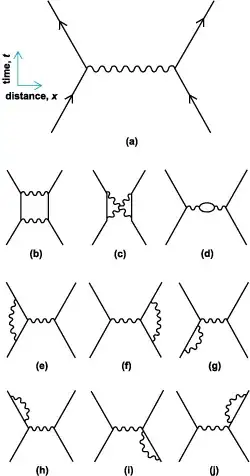I was wondering if anyone could give a simple explanation of how light interacts with matter. From what I have read in QED, electrons will repel each other because of their ability to emit and absorb photons. However, I do not observe any visible light between objects around me, repelling each other when I place them on a desk. They also don't appear to heat up, or emit IR light, from just being placed beside each other either. What type of light is being emitted by this matter constantly?
Extending this idea, what happens to a single electron when placed in a box which allows no light to be input, but removes all light emitted? Does it simply lose energy in the form of light until the electron no longer exists?
In addition, does anyone know of any good visualizations of photon waves interacting with atoms? I have heard of an analogy of an atom being similar to a cork in a pond, while the waves are like photons coming to excite the material. Does this idea sound correct, and if so, does it fit well with the idea of visualizing oscillating probability densities of electrons and how they interact with photons? It would be nice to be able to visualize these processes and understand how they fit with tight binding / Hubbard models, etc.

